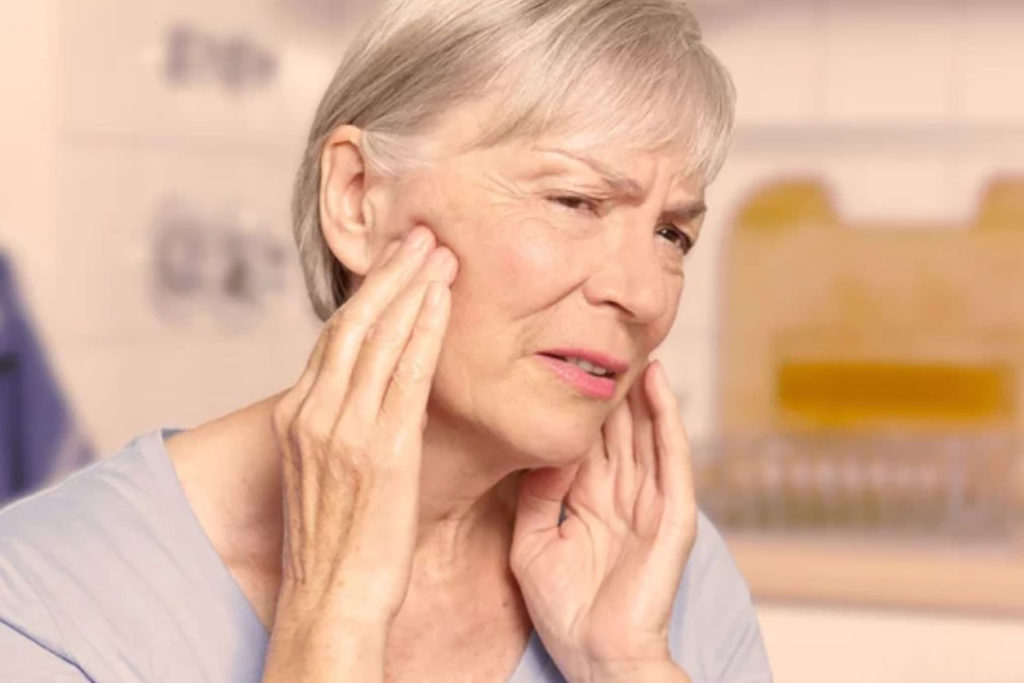
Temporomandibular joint dysfunction
Jaw - ATM Disorder
Having a cracked jaw: this happens relatively frequently. TMJ disorders, for temporomandibular joints, are indeed common, and their causes are often multifactorial.
A temporomandibular joint dysfunction or algo dysfunctional syndrome of the manducatory apparatus (SADAM) is a set of symptoms that can manifest themselves in a very variable way, associating one or more of the following manifestations:
- Painful manifestations (ear pain, headaches in the temples, jaw pain).
- Articular manifestations: articular noises (clicks when opening the mouth, squeaks), painful or not painful limitation of the mouth opening, discomfort to chewing and feeding, feeling of articular instability, blockage with mouth closed or on the contrary blockage with mouth wide open.
- Other manifestations such as ringing in the ears (tinnitus) or neck pain.
TMJ disorder: what causes it?
The various mechanisms that trigger temporomandibular joint dysfunction are complex, but there are a variety of risk factors, often interrelated, that are known to cause this dysfunction.
- Abnormalities of the dental joint (the way the upper and lower jaws articulate with each other).
- Trauma and fractures of the face (especially the jaw), the skull or the cervical vertebrae. They can lead to lesions of the temporomandibular joint.
- Stressful life events, high levels of anxiety seem to be able to aggravate the symptoms.
- Parafunctions are unconscious or unconscious hyperactivity of the jaw muscles sometimes associated with tooth wear and night-time grinding (this is the case with bruxism). They are often related to the stress of everyday life and to abnormalities of the dental joint.
- Hyperlaxity is due to the presence of ligaments that are too loose, too distended. It is common in young women. It results in a maximum opening of the mouth that is too large. It favours blockages with a wide open mouth (dislocation of the jaw).
- Rheumatic disease can occur in the jaw joint.
What is the origin of the pain, its treatment?
There are two types of pain:
- They are most often of muscular origin and in the initial stages of the disease. They are related to muscle spasms and contractures.
- They become articular as the disease progresses and joint damage occurs. In fact, at this stage, they are most often intertwined (muscular and articular).
It is the difference between these two types of pain that conditions the success and conduct of the treatment.
Initially, your practitioner is usually not able to say whether the pain is mainly related to muscle spasms or joint disorders unless you present a perfectly normal joint examination (pure muscle stage) or if, on the contrary, a joint problem is obvious in case of severe osteoarthritis for example.
We will therefore generally (except in special cases) start treatment with occlusal devices. This treatment is capable of relieving pain of muscular origin and resolving minor and still reversible joint disorders.
This treatment, which should last at least 2 to 3 months, thus makes it possible to differentiate between the two origins of the pain (muscular or articular).
Nine times out of ten, this occlusal device treatment is effective and solves your problem because the pain is most often related to muscle spasms and minor joint disorders resulting from muscle spasms. Even if after treatment and after the pain disappears, a clicking sound, indicating a minor joint disorder, persists, it is tolerated since it is clearly not the cause of your pain.
The result obtained can then be stabilized by treating the dental joint anomalies in order to position the joint and the lower jaw in the most stable and least traumatic position possible.


